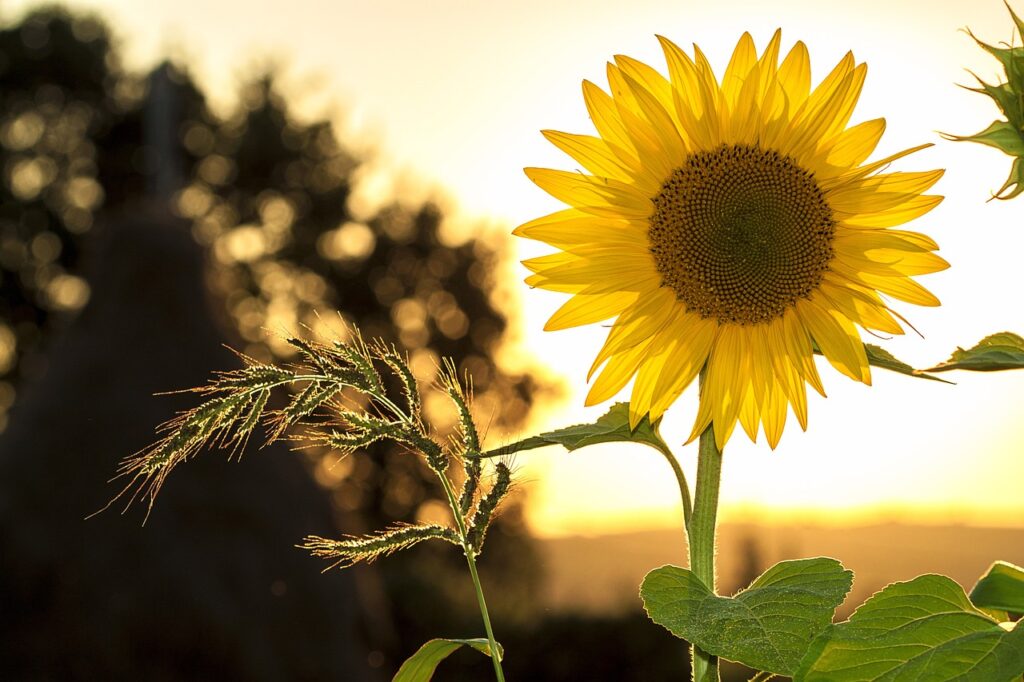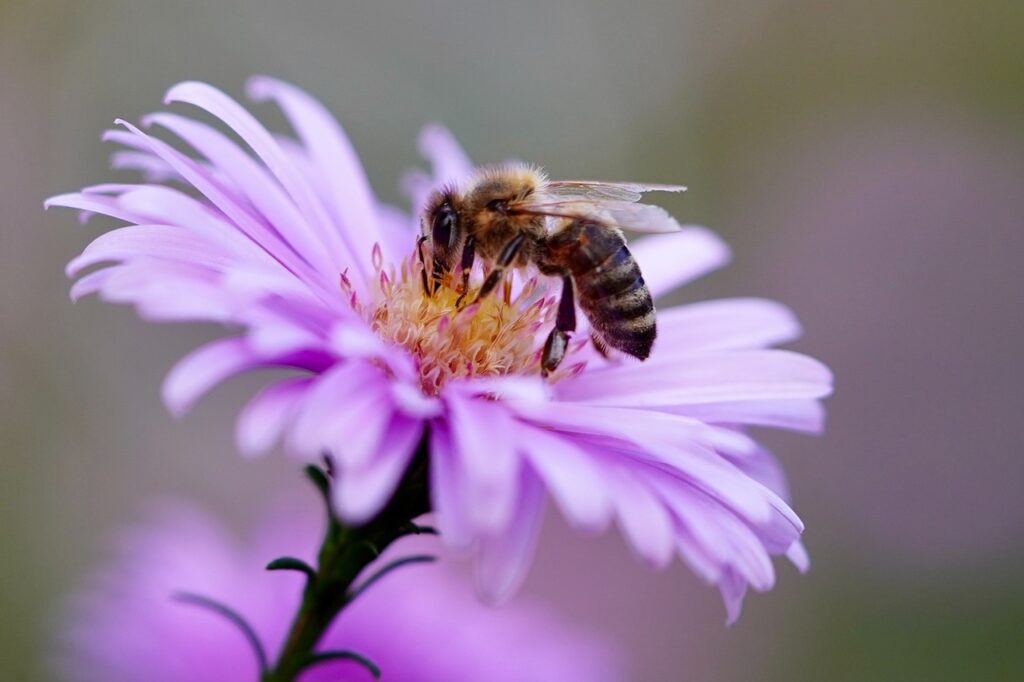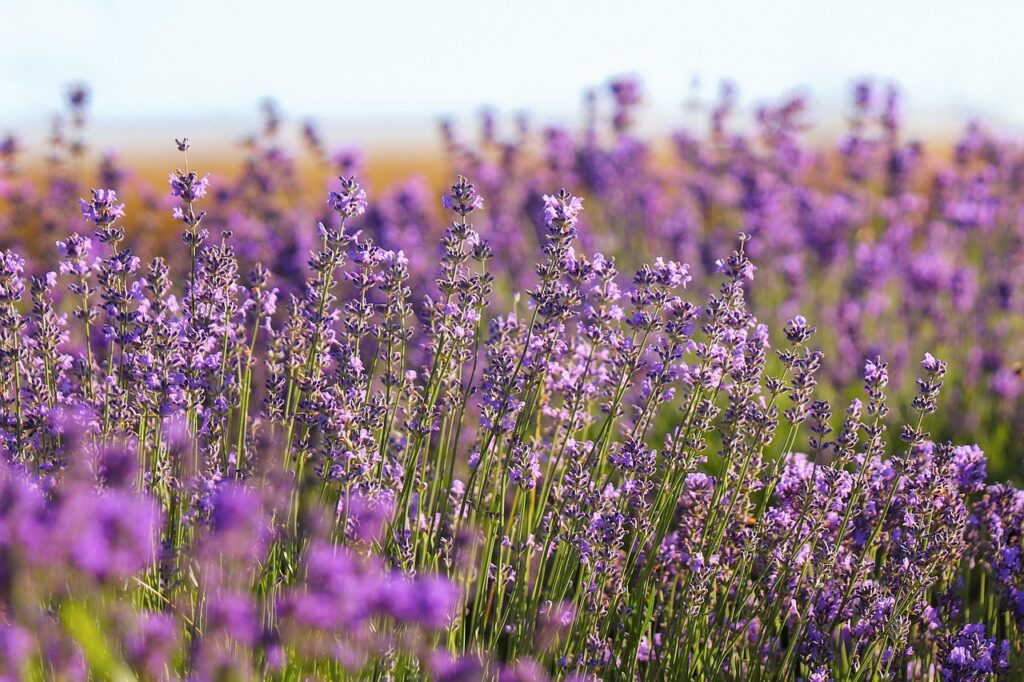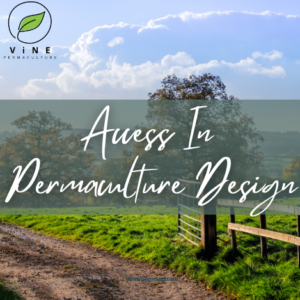Pollinators play a vital role in the permaculture garden, serving as essential contributors to plant reproduction and overall ecosystem health. These diverse and often tiny creatures, including bees, butterflies, beetles, birds, and bats, facilitate the transfer of pollen from the male reproductive organs to the female reproductive organs of flowering plants, enabling fertilization and the production of fruits, seeds, and new plants. Therefore, creating a welcoming habitat for pollinators is paramount. This involves incorporating a variety of flowering plants that bloom at different times throughout the year, ensuring a consistent food source for pollinators. Native plants are particularly beneficial, as they have evolved alongside local pollinators and provide an abundant and familiar food supply. Additionally, planting a diverse range of flowering species increases the attractiveness and resilience of the garden, attracting a wider array of pollinators.
To further support pollinators, permaculture gardeners often provide nesting sites and shelters. Installing bee hotels or leaving dead wood, hollow stems, or rock piles can offer nesting spots for solitary bees and other insects. Providing a water source such as a shallow birdbath with rocks or floating plants enables pollinators to quench their thirst and maintain hydration. Chemical-free environments protect pollinators from harmful substances and allow them to thrive and fulfill their vital role.

Flower Types
Different flower types play a crucial role in pollination by attracting specific pollinators and facilitating effective pollen transfer. Flowers have evolved diverse characteristics such as shape, color, scent, and nectar production to appeal to different pollinator groups.
Bees are among the most common pollinators, and they are attracted to flowers with bright colors, particularly shades of blue, purple, and yellow. These flowers often have a landing platform and a tubular or bell-shaped structure, allowing bees to easily access nectar and pollen while brushing against the flower’s reproductive parts.
Butterflies, on the other hand, are attracted to brightly colored flowers with wide, flat landing surfaces. These flowers often have long, tubular structures called nectar tubes, which provide a convenient source of nectar for butterflies as they extend their long proboscis to feed.
Birds, such as hummingbirds, are drawn to flowers with vibrant red or orange hues. These flowers are usually tubular and lack a strong scent but produce copious amounts of nectar to sustain the energy-demanding birds. The flowers often have sturdy structures to support the weight of the birds as they hover and feed.
Other pollinators, like beetles and flies, are typically attracted to flowers with a strong scent and colors such as white or dull green. These flowers often have open structures and provide ample pollen for these insects as they crawl around.
Different flower types play a crucial role in pollination by attracting specific pollinators and facilitating effective pollen transfer. Flowers have evolved diverse characteristics such as shape, color, scent, and nectar production to appeal to different pollinator groups.
Bees are among the most common pollinators, and they are attracted to flowers with bright colors, particularly shades of blue, purple, and yellow. These flowers often have a landing platform and a tubular or bell-shaped structure, allowing bees to easily access nectar and pollen while brushing against the flower’s reproductive parts.
Butterflies, on the other hand, are attracted to brightly colored flowers with wide, flat landing surfaces. These flowers often have long, tubular structures called nectar tubes, which provide a convenient source of nectar for butterflies as they extend their long proboscis to feed.
Birds, such as hummingbirds, are drawn to flowers with vibrant red or orange hues. These flowers are usually tubular and lack a strong scent but produce copious amounts of nectar to sustain the energy-demanding birds. The flowers often have sturdy structures to support the weight of the birds as they hover and feed.
Other pollinators, like beetles and flies, are typically attracted to flowers with a strong scent and colors such as white or dull green. These flowers often have open structures and provide ample pollen for these insects as they crawl around.
By displaying a variety of flower types in a garden, gardeners can increase the chances of attracting a diverse range of pollinators and ensuring effective pollination. The presence of different flower types enhances biodiversity and promotes the health and resilience of ecosystems.

Pollinating Species
In a permaculture guild, the role of pollinating species is of utmost importance in creating a thriving and diverse ecosystem. Pollinators, including insects, birds, bats, and even some mammals, play a vital role in the reproduction and genetic diversity of plants. They facilitate the transfer of pollen between flowers, enabling fertilization and subsequent fruit and seed production. What makes permaculture guilds unique is their intentional design to attract and support a wide range of pollinators, thereby enhancing ecosystem resilience and productivity.
Different pollinating species function in diverse ways within the permaculture guild. Bees, such as honeybees and native solitary bees, are some of the most efficient and effective pollinators. They have intricate relationships with specific flowering plants and exhibit behaviors like nectar gathering, pollen collection, and pollen transfer. Bees are particularly attracted to flowers with bright colors, strong scents, and plentiful nectar.
Butterflies and moths are also important pollinators in permaculture guilds. With their long proboscis, they are well-suited to reach deep into tubular flowers, extracting nectar while simultaneously transferring pollen. These insects are attracted to flowers with vibrant colors and sweet fragrances.
Birds, such as hummingbirds and sunbirds, play a significant role as pollinators, especially in tropical and subtropical regions. They have long beaks or bills that allow them to access nectar from specialized flowers. The bright colors and tubular shapes of flowers often coevolve with the beak length of these birds, ensuring a mutually beneficial relationship.
Bats, primarily in tropical areas, are important nocturnal pollinators. They are attracted to large, pale, and strongly-scented flowers that bloom at night. Bats have the ability to fly long distances, making them effective in pollinating plants over larger areas.

Pollination Amongst Fruit Trees
Fruit trees employ various strategies to ensure successful pollination and subsequent fruit production. Most fruit trees rely on cross-pollination, which involves the transfer of pollen from the male reproductive organs (anthers) of one tree to the female reproductive organs (stigma) of another tree of the same species. This process is facilitated by pollinators, wind, or even manual intervention.
Many fruit trees, such as apple, pear, cherry, and plum trees, require cross-pollination for optimal fruit set. They have separate male and female flowers on different trees, making it necessary for pollinators, particularly bees, to transfer pollen between them. Bees are attracted to the flowers by their nectar and pollen, and as they move from flower to flower, they inadvertently carry pollen with them, facilitating fertilization.
Other fruit trees, like peaches, apricots, and nectarines, are self-pollinating or self-fertile. These trees have both male and female reproductive organs within the same flower, allowing them to pollinate themselves. However, even self-pollinating trees can benefit from cross-pollination, as it can increase fruit quality and yield.
In some cases, fruit tree pollination can also be aided by wind. Trees like walnut and pecan rely on wind to carry their pollen from male flowers to female flowers. These trees often have long, dangling male catkins that release lightweight pollen grains, which are then carried by air currents to nearby female flowers.
While wind and self-pollination play a role in fruit tree pollination, the presence of pollinators, particularly bees, significantly enhances the process. Therefore, creating a pollinator-friendly environment around fruit trees, such as planting flowers that attract bees, can greatly increase the chances of successful pollination and abundant fruit production.
Pollination Amongst Shrubs
Berry bushes and shrubs, such as blueberries, raspberries, blackberries, and currants, not only provide habitat for wildlife including pollinators but they also have unique pollination mechanisms that ensure the production of flavorful and bountiful berries. While some of these plants are self-pollinating, others rely on cross-pollination for optimal fruit set and quality.
Many berry bushes have flowers with both male and female reproductive organs, allowing them to self-pollinate. In such cases, the flowers possess mechanisms that promote self-fertilization, ensuring that the pollen from the anthers is transferred to the stigma of the same flower or another flower on the same plant.
However, cross-pollination can enhance fruit production and improve the quality of berries. Bees, butterflies, and other pollinators are attracted to the vibrant colors and fragrances of berry flowers. As they visit the flowers in search of nectar and pollen, they unintentionally transfer pollen between flowers, facilitating cross-pollination.
It is worth noting that not all berry bushes can self-pollinate, and some are even dioecious, meaning they have separate male and female plants. In such cases, pollinators are crucial for transferring pollen between male and female plants to ensure fertilization and subsequent fruit development.
To promote effective pollination in berry bushes and shrubs, it is beneficial to create a pollinator-friendly habitat by planting flowers that attract bees and other pollinators nearby. Providing diverse and abundant flowering plants throughout the growing season ensures a steady supply of nectar and pollen for pollinators, increasing the likelihood of successful cross-pollination and a fruitful harvest of delicious berries.

Pollination in the Forest Understory
Pollination in the forest understory plays a crucial role in maintaining biodiversity and promoting the health and productivity of the ecosystem. Support species in the forest understory, such as shrubs, ferns, and herbaceous plants, contribute to the overall plant diversity and provide important resources for pollinators.
Many support species in the forest understory have small, inconspicuous flowers that often go unnoticed by humans. However, these flowers are specifically adapted to attract particular pollinators, such as small bees, flies, beetles, and even specialized moths. These pollinators are often smaller in size and have specialized mouthparts that allow them to access the nectar and pollen of these understory flowers.
The forest understory offers a diverse range of microhabitats, including shady and sheltered areas, which provide a favorable environment for certain pollinators. Some support species have evolved to bloom in the understory during specific times of the year when there is less competition for pollination services. This timing ensures a reliable source of nectar and pollen for the pollinators that are active during that season.
Pollination of support species in the forest understory contributes to the reproduction and genetic diversity of these plants. It also supports the broader forest ecosystem by promoting the formation of fruits, seeds, and new plant growth. Additionally, these support species provide food and habitat for a variety of other wildlife, creating a thriving and interconnected web of life within the forest.



